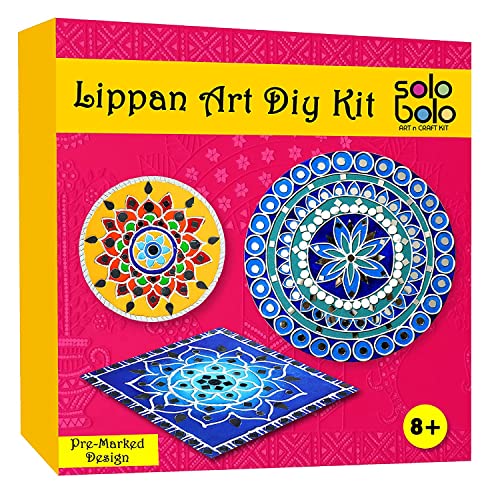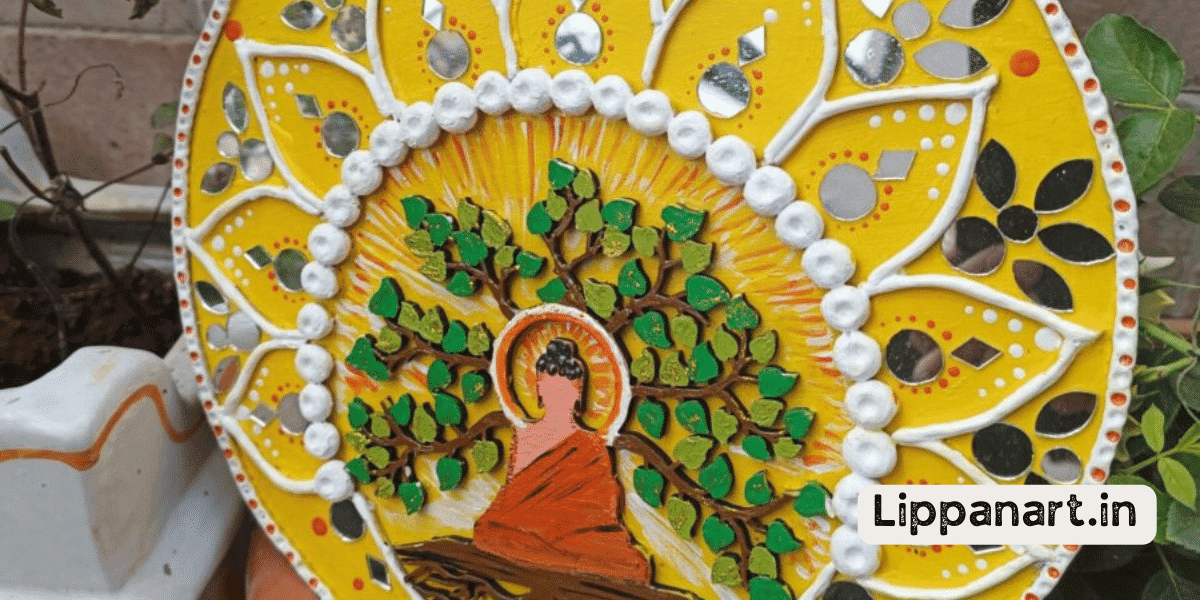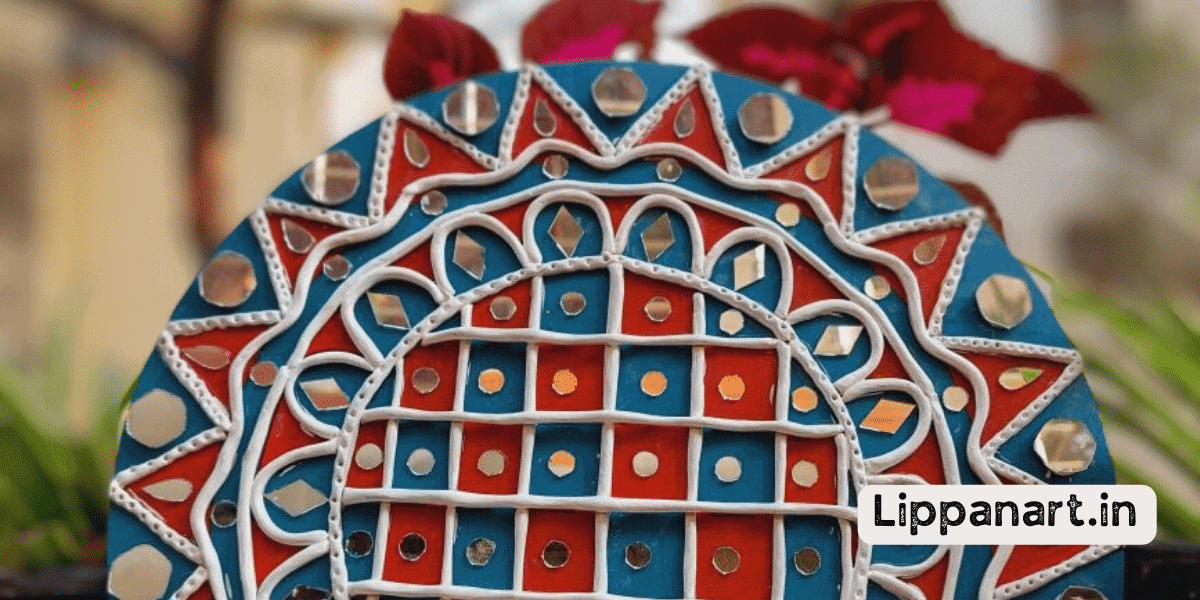Painting is a form of art that transcends time. Starting your own art painting business can be an exciting endeavour. You can become an innovator and create a successful business you can be proud of.
With the right supplies, plan, portfolio, and marketing strategy, you can be on your way to making a living from your art. Join us as we explore the steps necessary to get your art painting business.
Key Takeaways
- Develop a unique style of painting that sets you apart from competitors.
- Create a professional portfolio showcasing your artwork with quality photographs and detailed descriptions.
- Research the market and set prices based on the value of your artwork, considering materials and time spent creating each piece.
- Utilise networking strategies, attend art shows and connect with other artists to expand your network and gain insights and feedback.
Gather Supplies and Set Up Your Space
You’ll need to gather supplies and set up a space to start your art painting business.
First, consider the type of painting you’ll do and develop a style. Then, you’ll need the necessary supplies for your art, such as paints, canvases, brushes, and other materials.
After you’ve gathered the supplies, you’ll need to find a suitable space for your painting. Consider a space that has enough room and natural lighting.
Once your space is set up, you’ll want to create a website to showcase your work and find potential clients. Consider hiring an assistant to manage your workload and free up time for important business tasks.
It’s crucial to stay up-to-date in art by joining groups and taking classes to learn about the latest innovations.
You’ll be ready to start your art painting business with the right supplies and space.
Develop a Business Plan
Developing a business plan is essential in launching your art painting business. It’s important to establish clear, measurable goals to ensure success.
A comprehensive plan should include pricing strategies, creating logos, networking tips, and a market analysis. Knowing your target audience and their interests is key to success. Consider researching relevant trends and identifying niche markets to capitalise on.
Calculate potential profits based on your offerings and craft a plan to achieve them. Developing marketing, advertising, and outreach strategies is a great way to get the word out about your business.
Crafting a logo and brand identity is another important step to help your business stand out. Make sure to research the competition and create strategies to differentiate your business.
Ultimately, the goal is to create a plan to help you reach your goals. With the right strategy and innovative ideas, your art painting business will be on its way to success.
Research the Market and Set Prices
Researching the market and setting prices for your art painting business is essential for success. Understanding pricing strategies, customer expectations, competitors analysis, and networking strategies is key to setting effective prices. You’ll want to ensure that you’re pricing your art pieces competitively and fairly to make a profit. It’s also important to understand the legal requirements related to your business. Knowing the regulations will help you ensure that your pricing complies with the law.
When setting prices for your artwork, consider the cost of materials and the time spent creating the work. Research what your competitors are charging and compare it to the value of your artwork. Once you understand the market, you’ll be able to set prices that reflect the quality of your work.
You can also use networking strategies to your advantage. Reach out to potential customers and let them know about your artwork. Make sure to offer special incentives for customers to encourage them to purchase your pieces. Promotions attract new customers and build relationships with existing ones.
Take the time to research the market and set prices that reflect the value of your art painting business. Once you understand customer expectations and competitor analysis, you can create pricing strategies that will help you succeed.
Create a Professional Portfolio
Showcase your artwork in a professional portfolio to get noticed and drive sales. Building a portfolio is essential to promoting your artwork and gaining new customers. Finding inspiration from works of art you admire and creating your unique pieces are just the beginning of the process.
It’s important to understand the trends of the art world and use them to develop your skills and build confidence in your artwork. Once you have a selection of pieces ready, you can start creating your portfolio. Take quality photographs of each piece in various poses, angles, and lighting. This will enhance potential customers’ understanding of your artwork and enable them to make more informed purchases.
Make sure to include a brief bio about yourself and your artistic journey and detailed descriptions of each piece. A professional portfolio helps you differentiate yourself from competitors and expand your reach to more potential customers.
Network With Other Artists
Connecting with fellow artists allows you to stay updated on art world trends, learn new techniques, and receive valuable feedback on your artwork. Networking with other creatives can provide invaluable insight into pricing models, marketing strategies, and promoting your artwork. As an artist, it’s important to stay connected with the artistic community so you can stay on top of the latest trends and strategies. Here are some tips to help you build your network and create meaningful connections with other creatives:
- Editor’s Choice
- Best Seller
- Amazon Choice
| Networking Tips | Client Relations |
|---|---|
| Attend art shows and events | Set up meetings with potential clients |
| Join artist groups and associations | Follow up with clients after meetings |
| Follow and engage with artists on social media | Showcase your work on professional platforms |
| Connect with art galleries and curators | Set up an online portfolio |
| Reach out to other artists | Demonstrate your value and expertise |
Promote Your Art Painting Business
Promoting your art painting business is key to building a successful career as an artist. You must have a comprehensive marketing plan to reach your revenue generation goals. Advertising strategies, branding strategies, customer outreach, and digital presence are essential to any successful promotion plan. When creating your marketing plan, focus on the core elements that will help you reach your target audience and drive revenue.
First, identify the main channels to reach potential customers, including social media, email campaigns, and direct mail. Then, establish a consistent and unique brand identity across all platforms. Additionally, consider ways to differentiate your art painting business from competitors, such as by offering discounts, free shipping, or other incentives.
When promoting your business, remember to include customer outreach. This can include hosting events, offering workshops, or creating a loyalty program. Furthermore, prioritise developing connections with fellow artists and local galleries to expand your professional network. In addition to these strategies, you should also establish a strong digital presence. This can include a website, blog, or social media accounts.
Utilise Social Media Platforms
Establish a strong online presence on multiple social media platforms to maximise your success. Build relationships with potential customers and post engaging content to keep them interested. Use analytics to track customer engagement, and use that data to make informed decisions about your content. Time management is key to success; setting and sticking to deadlines will help you stay organised and maximise productivity.
Learn How to Handle Finances
Managing your finances properly is essential for success as a professional artist. To develop a successful art painting business, you must understand the importance of budgeting strategies, bookkeeping basics, financial forecasting, pricing strategies, and tax planning.
It’s essential to create a financial plan and stick to it. Make sure to have a strict budget that includes both income and expenses. Please keep track of your income and expenses and ensure they’re allocated correctly. Additionally, you should have a financial forecasting plan that includes future goals and strategies for achieving them.
Prudent pricing strategies are also essential. You should price your products according to their value to your customers. Consider factors such as the cost of materials, time spent on the artwork, and market demand.
Additionally, you should understand the basics of bookkeeping, such as business income statements, balance sheets, and cash flow statements. Tax planning is also important, so consult an accountant for advice.
Get Professional Help if Needed
You have the creative vision and basic business understanding to start a successful art painting business – but you don’t have to go it alone. Sometimes, the best way to reach your goals is to get professional help.
Here are four ways to do just that:
- Collaborate with mentors. Consider reaching out to existing art business owners for advice and guidance. Their expertise helps you avoid pitfalls and make confident decisions.
- Join artist groups. Tap into the collective knowledge of other artists by attending workshops, seminars and other events. You’ll learn the latest industry trends, gain valuable insights and establish key connections.
- Network with galleries. Establishing relationships with galleries can open up a world of opportunity for your art painting business. You’ll learn what buyers are looking for and gain invaluable market knowledge.
- Seek feedback. Ask for honest opinions from fellow artists and potential customers through surveys or focus groups. This will help you refine your products and refine your pricing.
To succeed, stay informed and be willing to take risks. By collaborating with mentors, joining groups, networking with galleries, seeking feedback and researching pricing, you’ll have the tools you need to launch a successful art painting business.
Celebrate Your Successes
Celebrate your successes as you work towards establishing your art painting business! Achieving milestones in your business is an important part of the journey, so remember to reward yourself.
As you focus on growth, take a moment to appreciate the progress you make. Use positive feedback from customers, friends, and family to help you stay motivated and celebrate the achievement of each goal.
Remember to prioritise your customers and seek professional advice to ensure your success. Rewarding yourself for your hard work motivates you and gives you the confidence to move forward.
You can celebrate your successes by indulging in a special meal or taking a day off to unwind. When running a successful art painting business, it’s important to take a step back and appreciate your accomplishments.
Conclusion
Congratulations! You’ve all the steps you need to start an art painting business.
You can make your dreams a reality with the right supplies, a well-thought-out business plan, knowledge of the market, a portfolio, and platforms to promote your work.
According to the National Endowment for the Arts, over 2.5 million U.S. businesses are operated by self-employed artists, so you’re in good company.
Now, get out there and start painting!














